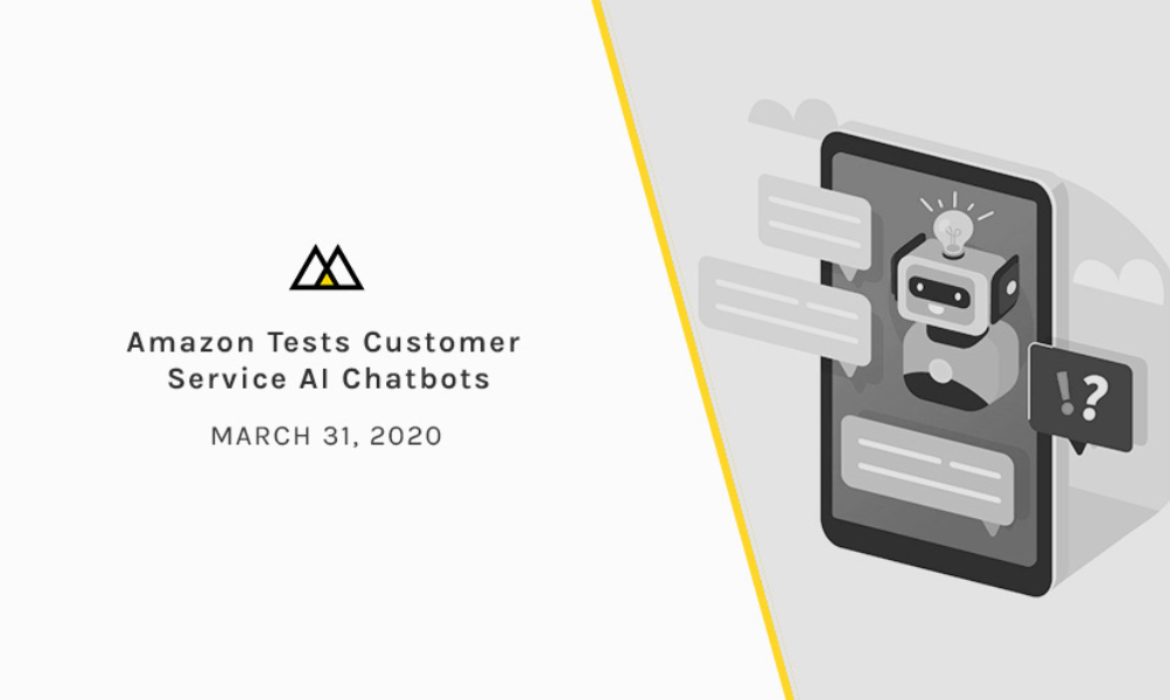Amazon Tests Customer Service Chat bots With Original Dialogue Capability
Amazon takes one more step towards its mission of being ‘Earth’s most customer-centric company’ by working on commercial service customer chatbot to generate original dialogue in real-time using recent major developments in AI language.
The retail giant said that most text-based online customer service system includes automated agents that can handle simple requests. Generally, these agents are governed by rules – flow charts that have specific answers to particular customer input. If any other request that does not follow under the flowchart, the automated agent transfers the request to the human customer service representative. So, now the company is rolling out a separate consumer-facing chatbot that uses neural networks than rules to match human-authored response template to customer requests.
This project marks one of the first tests in the customer service market with modern and new natural language processing technology that researchers believe has the power to boost the progress in this field. This model has leading-edge systems like OpenAI’s GPT-2 that draws on massive training datasets and predictive texts to generate realistic dialogues.
Most chatbots in the market today despite technological advancements in machine learning still run on automation than AI. While Microsoft’s DialoGPT has used a new language for a generative chatbot before, they are yet to see a commercial application.
Jared Kramer, an applied-science manager on Amazon’s Customer Service Tech team wrote in a blog post,
“It is difficult to determine what types of conversational models other customer service systems are running, but we are unaware of any announced deployments of end-to-end, neural-network-based dialogue models like ours”
According to the research paper, Amazon is hoping to safeguard its generative model for a chatbot with Response-ranking AI. In this scenario, a generative AI will list down possible responses to customer requests and a neural network will select the most pertinent response. Each model is trained on approximately 5 million conversation-response pairs from around 350,000 past interactions related to specific customer service issues.
Presently, random trails consist of two types of customer service issues: return refund status and order cancellations. An internal metric is used to measure the success of the new AI chatbots. According to the metric, the new AI chatbots have significantly outperformed the old ones that account for the successful completion of the transaction and whether customers have to follow up within 24 hours.


